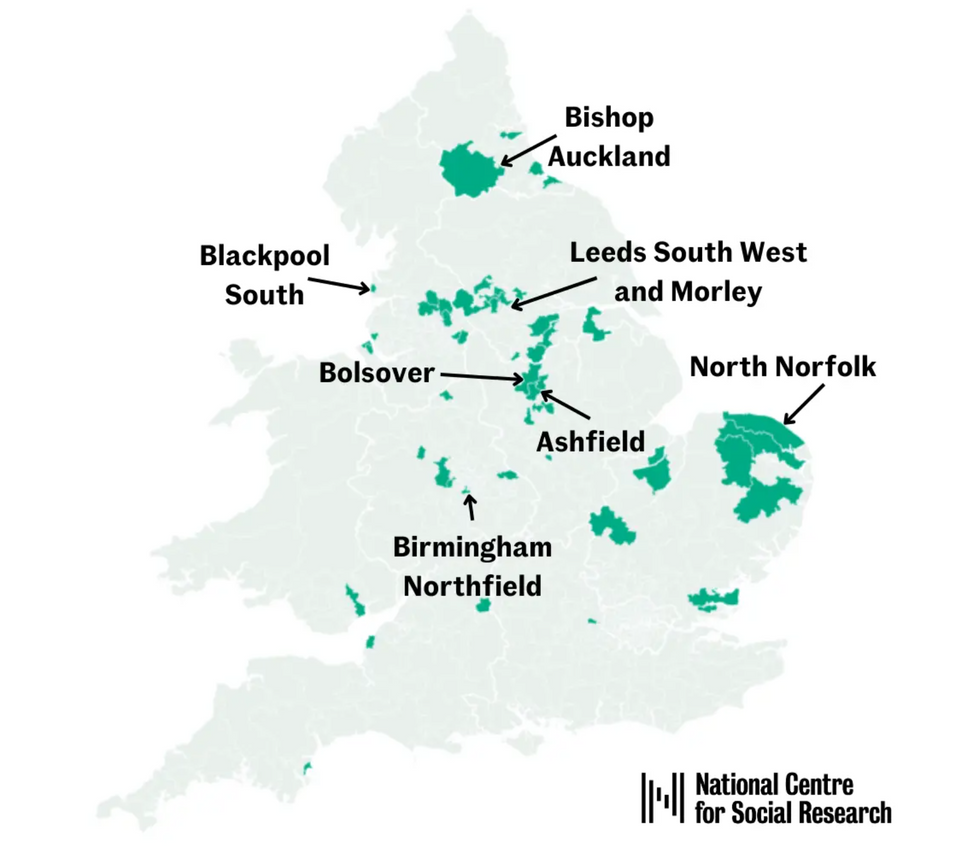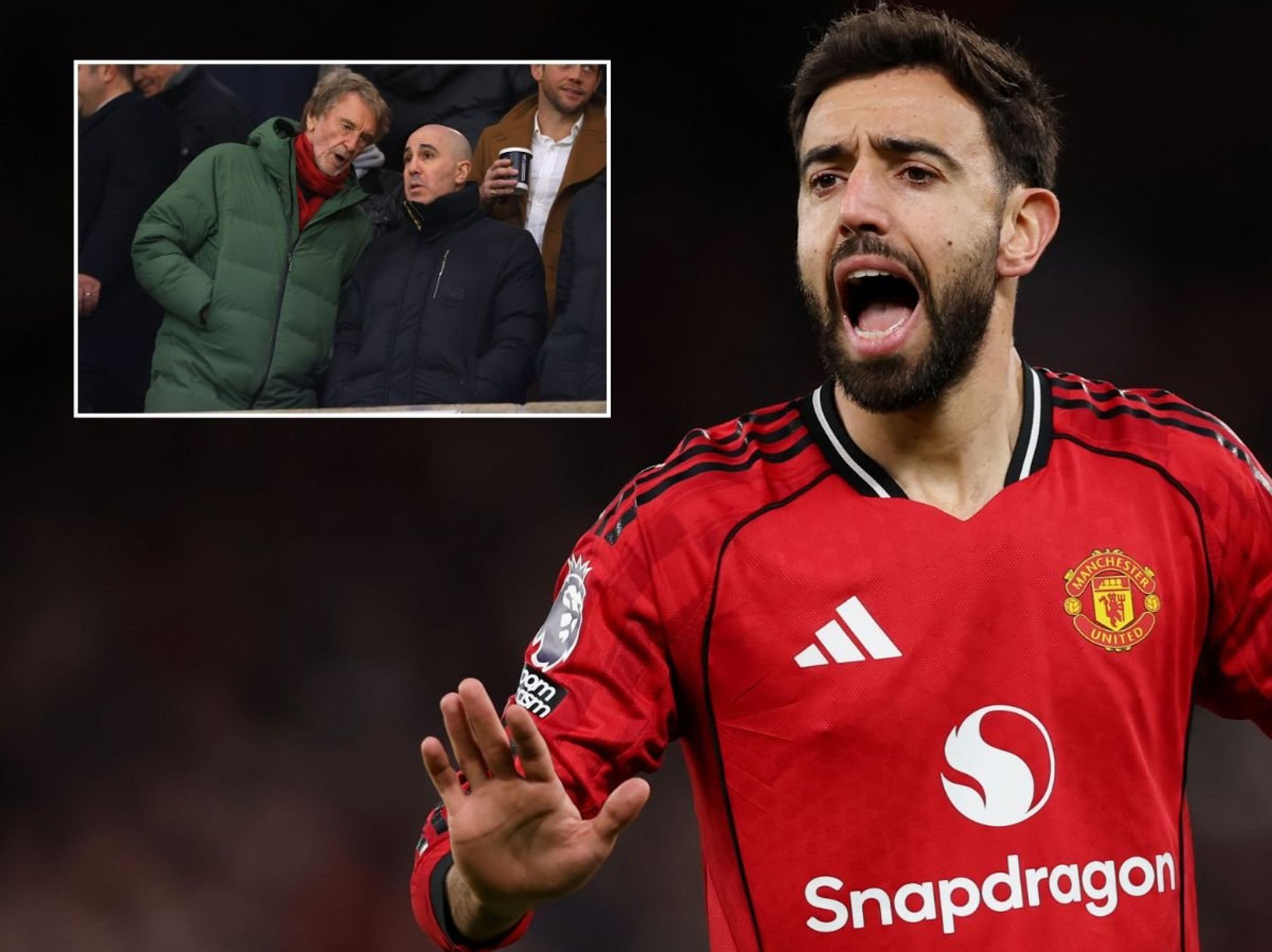Mapped: Constituencies where Middle Britons could change the outcome of the election...

Polls show Labour is on course to win the election
|PA/ Getty

Main parties need to attract voters with no political affiliation who sit in the middle ground across issues, a new study says
Don't Miss
Most Read
Latest
As Britain draws into the final two weeks of the election campaign, poll trackers show Labour are on course to win a record-breaking number of seats.
However new research shows that one set of voters in the UK will be highly influential and likely to decide the election outcome by swinging the result in marginal constituencies.
According to an analysis by the National Centre for Social Research (NatCen), 'Middle Britons,' also known as the 'typical' British voters, will be the most important of the six political "tribes" on July 4.
This is because these voters, who hold no political affiliation, dominate two-thirds of the marginal seats fought over by the Tories and Labour.

'Middle Britons' dominate two-thirds of the marginal seats fought over by the Tories and Labour
|Getty
In June, NatCen named six categories of UK voters with shared characteristics (social class, gender, levels of education and geographical location) along with an aligned set of views on political issues.
Middle Britons are the largest of these six groups of voters, making up more than a quarter of the electorate (26 per cent) and are mostly in the middle ground across issues.
Although they often express mild agreement with left-wing narratives, these voters do not directly support one party, are hard to win over and are not as likely to vote.
The other types of voters include The Well-Off Traditionalists, The Apolitical Centrists, The Left-Behind Patriots, The Urban Progressives and the Soft-Left Liberals.

This map shows constituencies where Middle Britons are likely to be strongly overrepresented
|National Centre for Social Research
According to NatCen, areas where Middle Britons are likely to be strongly overrepresented include the 'Red Wall' seats: Ashfield, Bishop Auckland and Bolsover.
Other locations that may be more prone to electoral swing include Birmingham Northfield, Leeds South West and Morley, and North Norfolk.
For the Conservatives, Labour, Reform UK, the SNP and the Liberal Democrats, Middle Britons are the second most important voter segment.
The most important voters for the Conservative Party are 'Well-off traditionalists' while Reform UK rely on 'Left-Behind Patriots.'

This graph shows what political party each voting group intends to choose
|National Centre for Social Research
LATEST NEWS:
'Urban Progressives,' who are typically university-educated, left-leaning professionals, are the most important voter segment for the Green Party, the SNP and Labour.
Professor Sir John Curtice, Senior Research Fellow at NatCen and Professor of Politics at Strathclyde University, spoke about the importance of voters' values and their perception of politicians leading up to an election.
He said: "The electorate is not just divided between 'left' and 'right', but also between 'liberals' and 'authoritarians', while many people sit in the middle and are not especially interested in politics.
"This poses particular challenges for the two main parties who will have to reach out to voters well beyond their own 'comfort zones’ to succeed.”










